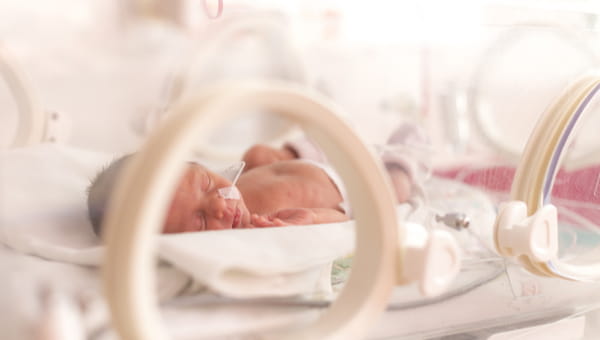Most babies never need care in a neonatal intensive care unit (NICU), but if you find out that your baby needs special care, you may need to deliver in a hospital that has one. Or, if your baby is born early or has other special needs at birth, he or she might need to be transferred to a hospital that offers specialty care. Let’s look at the levels of NICU and what each one provides.
Level I (basic care)
Though level I facilities aren’t for intensive care, we’ll include them just for comparison. These are the standard nurseries for well babies who can breathe on their own and can maintain their own body temperature. Level I nurseries are capable of resuscitation if a baby isn’t breathing at birth, and they can stabilize newborns who need to be transferred to a higher level facility.
Level II (specialty care)
- A level II nursery is for babies who:
- Are born between 32 weeks and about 36 weeks
- Who have a low birth weight
- Are mostly well or have moderate problems that can be resolved fairly quickly
These facilities can also take care of higher-risk babies until they’re stable enough to be moved to a higher level facility.
Level III (specialty intensive care)
Babies should be born at or moved to a level III NICU facility if they:
- Are born before 32 weeks
- Have very low birth weight (under 3 lbs or so)
- Are full-term and normal weight, but have a serious medical condition.
These units are able to provide lots of specialty care, such as equipment to help a baby breathe, less complex surgeries and doctors who specialize in various branches of medicine for newborns.
Level IV
You can think of level IV facilities as an expanded version of level III units. These facilities are capable of caring for critically ill newborns and those who need complex surgeries (like open-heart surgery or surgeries for serious birth defects).
For information on finding the right pediatrician, click here.




